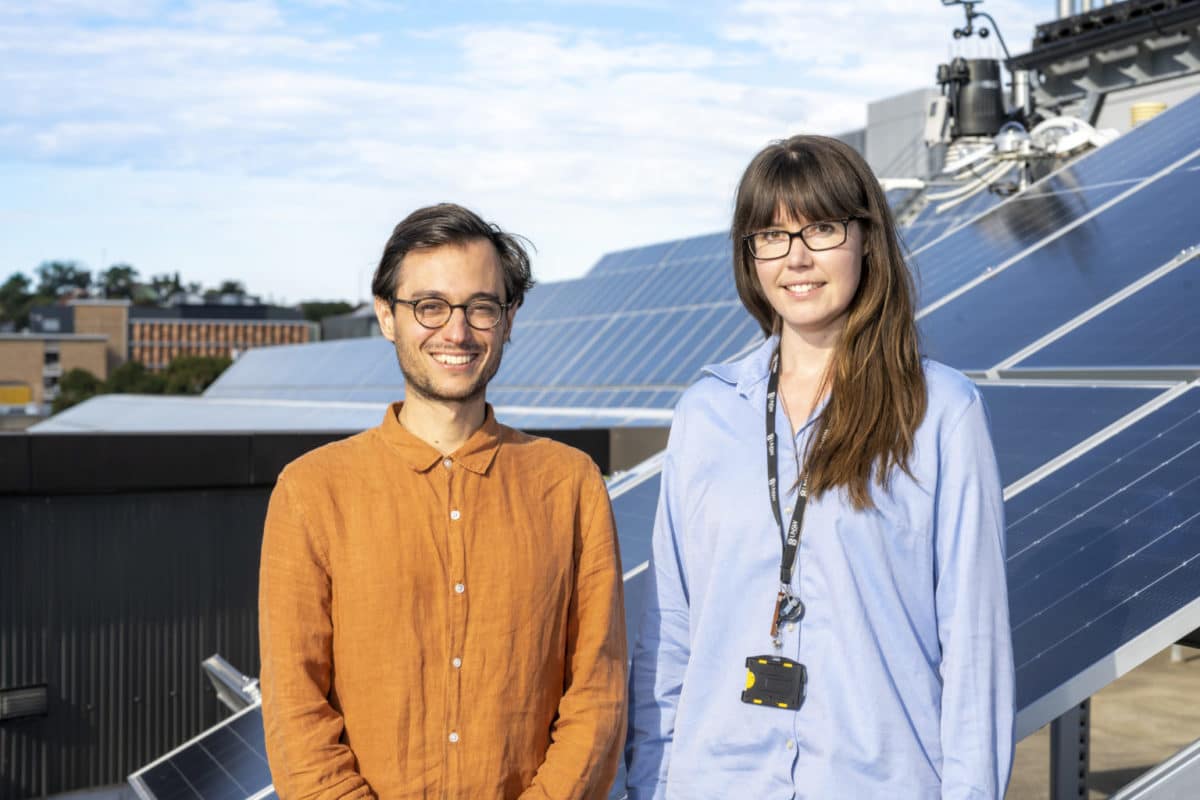As installations of distributed residential rooftop systems continue to rise in Australia, network service providers and regulatory bodies such as the Australian Energy Market Commission are grappling to manage energy flows and the stability of the grid, while trying to devise rules of grid engagement that demonstrate fair treatment of prosumers who have invested in PV… A new study by UNSW hopes to inform their decision making with data that provides visibility over how inverter standards are already affecting rooftop solar generation, and how householders feel about curtailment of returns on their clean-energy investment.
“I’m excited to be able to give evidence-based, data-driven research to industry and regulatory bodies,” Dr Baran Yildiz, Senior Research Associate at SPREE, and Collaboration on Energy and Environmental Markets (CEEM), tells pv magazine Australia, “so that they can make the most appropriate decisions for energy users and aggregators.”
The $100,000 combined technical and social study, Curtailment and network voltage analysis study (CANVAS), is funded by the Commonwealth Government RACE for 2030 Cooperative Research Centre (where RACE stands for Reliable, Affordable Clean Energy) and also aims to enable policies that support further integration of renewables into the energy system at scale.
The proposal for the project refers to the many “opportunities and benefits” that distributed energy resources (DER) offer consumers, but states: “There remains a limited evidence base regarding the severity of DER curtailment in Australia, and its potential role in assisting network voltage management.”
The data banks: AGL and Solar Analytics
UNSW’s School of Photovoltaic and Renewable Energy Engineering (SPREE) has negotiated access to anonymized data sets of rooftop solar generation from participants in AGL’s South Australian virtual power plant (where battery inverters manage interaction with the grid), and from Solar Analytics’ system-performance monitoring platform (from the South Australian customer base using solar PV inverters to interact with the grid). The dual datasets will allow a first-time comparison of curtailment as managed by battery inverters and solar inverters.
It is one of the biggest DER data sets available for research purposes in Australia, says Yildiz. The high-resolution data from AGL alone takes up tens of gigabytes of processing capacity, and the initial fast-track, six-month project phase would not be possible without a computing-power grant from Microsoft Azure’s AI for Good program.
The inverter pyramid
Various state and federal bodies in Australia have for years made changing demands of inverters sold in Australia, in relation to how they respond to irregularities of voltage detected in the grid — meaning they may have been required to reduce or switch off the output of small-scale solar systems to the network when thresholds are about to be breached.
In South Australia, where more than 35% of households have solar on top, the State Government and network service provider (NSP), SA Power Networks, in 2020 enforced a rule that requires every new household connecting solar to the grid to have an inverter capable of being switched off entirely by an external agent in the event of pending grid imbalance caused by peak solar production and related very low energy demand — say, when midday solar output on spring weekends is peaking but it’s not hot enough for everyone to switch on the air con.
Most of these inverter responses, however, occur automatically (SA’s big turn-off capability has so far only been invoked once since it was introduced on 28 September, 2020), and it’s difficult to know which customers are using inverters of which vintage, conforming to which standard. There is no oversight — for consumers, NSPs or market operators — of how much solar energy is being jettisoned.
“Users may notice that in the middle of the day, when their solar should be generating at full capacity, that it’s off, or it’s not performing as expected,” says Yildiz.
That doesn’t mean they’re being curtailed, he adds, explaining the opacity of current data. There could be several reasons, related to either solar panel or inverter functioning, why a system is operating below par.
The CANVAS team, which also includes Naomi Stringer, Shanil Samarakoon, Dr Anna Bruce and Assoc. Professor Iain McGill, is correlating its findings of irregularities in expected solar output with information on conditions in the network at that time, provided by the Australian Energy Market Operator, thereby firmly pegging it to voltage disturbances.
It has just finished top-line, fast-track analysis of the AGL data and is now casting a net through Solar Analytics’ offering.
“Every site is being analyzed separately,” says Yildiz, “then we quantify what percentage of sites are losing, and to what level,” and — this is where it gets even more interesting — “what they may lose if inverters were abiding by different rules and settings for each site.”
Responses scene and heard
This scenario modeling will help guide regulator decisions and will be accompanied by social research already underway, which is testing the palatability of different scenarios with householders who have invested in solar.
Yildiz expects the survey of energy prosumers, led by his colleague Sophie Adams, a human geographer at UNSW who is investigating the social license to automate, to yield a rich variety of insights, but was able to share a preliminary finding with pv magazine.
One question asked of focus groups in the CANVAS study is how they would respond if they found out they weren’t getting the expected return on their investment — either as solar energy for their own use, or as solar exported to the grid for a feed-in tariff.
Yildiz said prosumers indicate they would be tolerant of actions taken during infrequent emergencies, where the burden of curtailment was equally borne by people across an affected region. However, if the events were frequent, or if some people were disproportionately affected, or if their returns were severely impacted, they would be discouraged from investing further in solar systems, and from recommending a solar investment to friends.
The fast-track stage of analysis is due to be completed in July, with insights to be shared across the industry, and specifically to regulatory bodies, such as the Australian Energy Market Commission, which recently published a widely criticized draft decision to require householders and small business to pay an annual fee — a ballpark $100 — to export their excess solar energy to the grid.
The next stage of CANVAS will continue to add new emerging data to the study as it also deepens its analysis.
“Australia leads the world in rooftop solar installations, said RACE’s Chief Research Officer, Dr Chris Dunstan in a statement, “It is crucial that we remove barriers to growing this clean and low-cost resource. We are delighted to see this project underway.”
This content is protected by copyright and may not be reused. If you want to cooperate with us and would like to reuse some of our content, please contact: editors@pv-magazine.com.




Excellent information, understanding the losses is very important along with production.